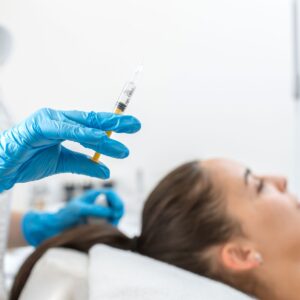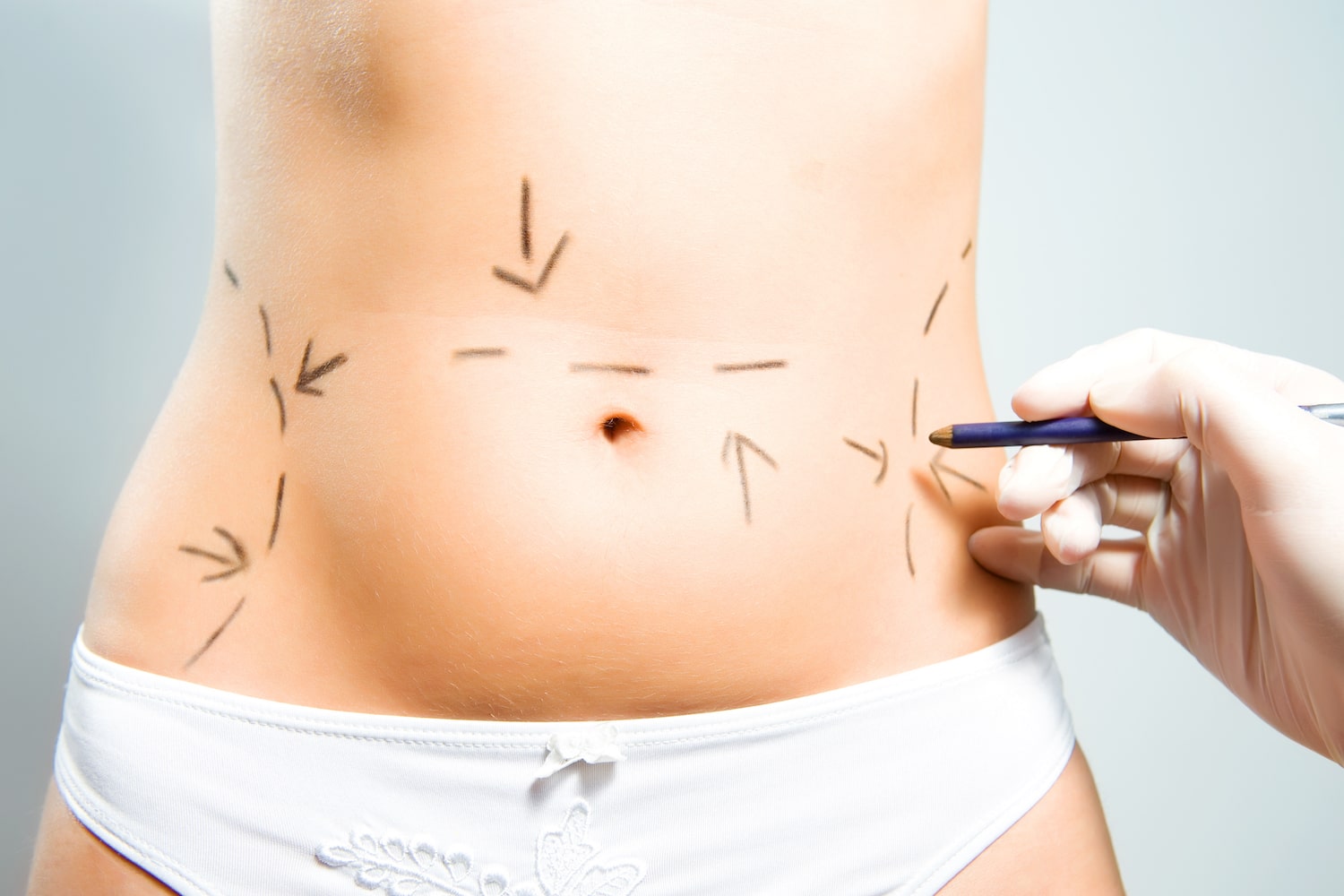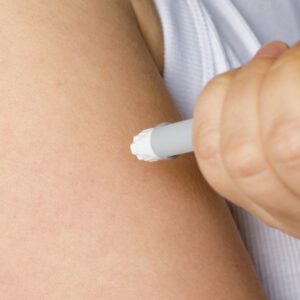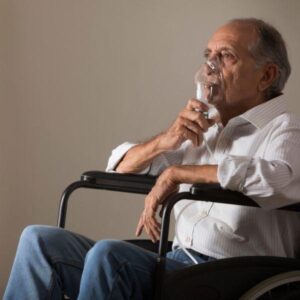This in-depth guide explains how rhinoplasty surgery in Dubai can be combined with septoplasty to deliver both aesthetic refinement and improved breathing. It draws on verified patient experiences, medical expert input, and up-to-date cost and recovery data to help you make a safe and informed decision.
Understanding Septorhinoplasty
Septorhinoplasty is a specialized surgical procedure that blends septoplasty (functional surgery to straighten a deviated septum) with rhinoplasty (cosmetic reshaping of the nose).
-
Septoplasty focuses solely on the internal structure of the nose, correcting deviations in the cartilage and bone that separate the nasal passages.
-
Rhinoplasty changes the external shape of the nose—adjusting the bridge, tip, nostrils, or overall symmetry.
When performed together, the surgery can:
-
Improve airflow and breathing.
-
Enhance facial aesthetics.
-
Correct post-injury deformities or congenital issues.
In Dubai, this dual-approach is increasingly popular among patients who want to fix both function and form in one surgical session.
Why Dubai Is a Leading Destination for Septorhinoplasty
Dubai’s medical sector has become a hub for advanced nasal surgery due to:
-
Highly Qualified Surgeons — Many are dual-certified in ENT (Ear, Nose, and Throat) and Facial Plastic Surgery, giving them the expertise to handle complex functional and aesthetic cases.
-
Cutting-Edge Technology — 3D imaging, computer-assisted planning, and high-definition endoscopes allow for precision and predictability.
-
Multicultural Patient Base — Surgeons have extensive experience with a variety of ethnic nasal anatomies, which is crucial for personalized results.
-
Strict DHA Regulations — The Dubai Health Authority enforces rigorous licensing standards for surgical practice, enhancing patient safety.
Common Reasons for Septorhinoplasty
Patients typically seek combined surgery for one or more of the following reasons:
-
Deviated Septum: This can cause chronic nasal obstruction, mouth breathing, recurrent sinus infections, and snoring.
-
Nasal Trauma: Accidents or sports injuries can damage both the internal and external structure.
-
Congenital Issues: Birth defects that impact breathing and appearance.
-
Cosmetic Refinement: Smoothing a dorsal hump, narrowing a wide bridge, or improving tip definition—while correcting internal blockages.
Real Patient Pain Points (From Dubai Forums and Review Platforms)
After analyzing discussions from platforms like Reddit, Quora, and Dubai-based health forums, the most common concerns include:
-
“Will my breathing get worse?” — Fear that cosmetic changes will compromise nasal function.
-
Longer Recovery Times — Some patients report extended swelling due to the combination of surgeries.
-
Choosing the Right Surgeon — Many worry about finding someone equally skilled in both aesthetic and functional correction.
-
Visible Scarring — Anxiety about open rhinoplasty leaving a noticeable scar (usually minimal or hidden).
Step-by-Step Surgical Process
-
Consultation & Assessment
-
Includes nasal endoscopy, breathing tests, and facial analysis.
-
3D imaging is often used to preview cosmetic changes.
-
-
Anesthesia
-
General anesthesia is standard for combined surgery.
-
-
Functional Correction (Septoplasty)
-
The surgeon repositions or removes deviated cartilage and bone.
-
Turbinate reduction may also be done if nasal turbinates are enlarged.
-
-
Cosmetic Refinement (Rhinoplasty)
-
Adjustments to the bridge, tip, nostrils, or profile are made according to the patient’s goals.
-
-
Closure & Splinting
-
Internal splints support the septum; external splints stabilize the new shape.
-
-
Recovery Phase
-
Follow-up visits track both breathing improvement and cosmetic healing.
-
Costs of Septorhinoplasty in Dubai (2025)
| Type of Surgery | Estimated Cost (AED) |
|---|---|
| Standard Septorhinoplasty | 30,000 – 48,000 |
| Complex or Revision Surgery | 50,000 – 70,000+ |
Cost Factors:
-
Surgeon’s qualifications and reputation.
-
Hospital or surgical facility fees.
-
Complexity of correction.
-
Inclusion of cartilage grafting or advanced imaging.
Expert Tips for Best Outcomes
-
Select a Dual-Trained Specialist
-
A surgeon with both ENT and facial plastic surgery credentials can balance breathing and aesthetics.
-
-
Prioritize Function First
-
Cosmetic adjustments should never compromise airflow.
-
-
Be Realistic About Swelling
-
Combined surgery often has slightly longer swelling compared to rhinoplasty alone.
-
-
Understand Grafting Options
-
Cartilage grafts may be taken from the septum, ear, or rib to support nasal structure.
-
Recovery Timeline
Week 1–2:
-
External and internal splints in place.
-
Bruising around eyes and cheeks.
-
Nasal congestion common due to swelling.
Week 3–6:
-
Breathing begins to improve.
-
Most external swelling subsides, though tip swelling may persist.
Month 3–6:
-
Nose appears more refined; function is stable.
Month 6–12:
-
Final cosmetic and functional results fully settle.
Risks and Considerations
While septorhinoplasty is safe when performed by experienced surgeons, potential risks include:
-
Persistent breathing difficulties (rare with proper technique).
-
Asymmetry or dissatisfaction with cosmetic results.
-
Prolonged swelling in tip area.
-
Need for revision surgery in complex cases.
Real Patient Advice
From Dubai-based patient testimonials:
“My breathing improved drastically, but swelling took almost 8 months to fully go down.”
“Choosing a surgeon who showed me both ENT credentials and cosmetic case photos gave me confidence.”
“I’m glad I did both at once—saved me a second recovery.”
Final Word — Tajmeels Clinic
Tajmeels Clinic in Dubai is recognized for its integrated approach to nasal surgery. Their DHA-certified surgeons are skilled in both ENT and aesthetic techniques, ensuring that breathing and appearance are improved together. They use advanced imaging, meticulous planning, and minimally invasive methods to deliver natural, functional, and lasting results.
FAQs
Q: Will I have visible scars?
A: Most cases use internal incisions. If an open approach is required, the scar is minimal and usually fades well.
Q: Is recovery more difficult than rhinoplasty alone?
A: Recovery may be slightly longer due to the internal correction, but the overall healing process is well-tolerated.
Q: Can septorhinoplasty help with snoring?
A: If snoring is related to nasal obstruction, improved airflow can reduce or eliminate it.
Q: Will insurance cover it?
A: The functional portion (septoplasty) may be partially covered by insurance, while the cosmetic component is usually paid out-of-pocket.







